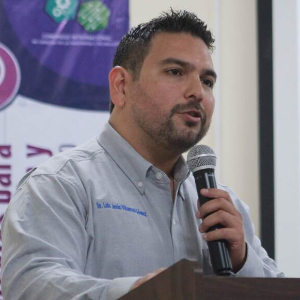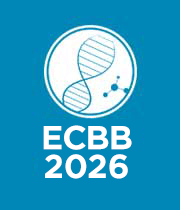Clustered Regularly Interspaced Short Palindromic Repeats (CRISPR)
Clustered Regularly Interspaced Short Palindromic Repeats (CRISPR) represent a revolutionary technology in the field of genetic engineering and molecular biology. Originally discovered as a bacterial immune system, CRISPR has been repurposed as a powerful tool for precise genome editing in various organisms. The CRISPR system consists of two main components: guide RNA (gRNA) and the Cas9 protein. The gRNA guides the Cas9 protein to specific target sequences in the genome, where it induces double-strand breaks. These breaks can be repaired by the cell's own DNA repair machinery, leading to gene knockout, insertion, or modification. The simplicity, versatility, and efficiency of the CRISPR system have made it widely adopted in research laboratories worldwide. CRISPR technology has revolutionized gene editing, enabling researchers to edit genomes with unprecedented precision and ease. It has facilitated the study of gene function, disease modeling, and the development of novel therapies for genetic disorders. Additionally, CRISPR has applications beyond gene editing, including gene regulation, epigenome editing, and diagnostic tools. Despite its tremendous potential, CRISPR technology also raises ethical and societal concerns, particularly regarding off-target effects, germline editing, and the potential for unintended consequences. Ongoing research aims to address these challenges and refine the CRISPR system for safe and effective use in various applications.

Murray Moo Young
University of Waterloo, Canada
Limongi Tania
University of Turin, Italy



Title : Renewed novel biotech ideas, with bioreactor bioengineering economic impact
Murray Moo Young, University of Waterloo, Canada
Title : Improving health in over 40,000 patients: The impact of nanomedicine fighting antibiotic resistant infections
Thomas J Webster, Brown University, United States
Title : Osmotic lysis–driven Extracellular Vesicle (EV) engineering
Limongi Tania, University of Turin, Italy
Title : Evaluating cell compatibility and subcutaneous host response of silk fibroin–chitosan plug composites as potential resorbable implants
Luis Jesus Villarreal Gomez, Universidad Autonoma de Baja California, Mexico
Title : Comparative study of endo-?-1,4-mannanases from novel bacterial strains for the production of galactomanno-oligosaccharides
Shruti Saini, National Agri-food and Bio-manufacturing Institute, India
Title : Engineering Sf9 host cells with AcMNPV genes to control baculovirus infection dynamics and heterologous gene expression
Tamer Z Salem, Zewail City of Science and Technology, Egypt